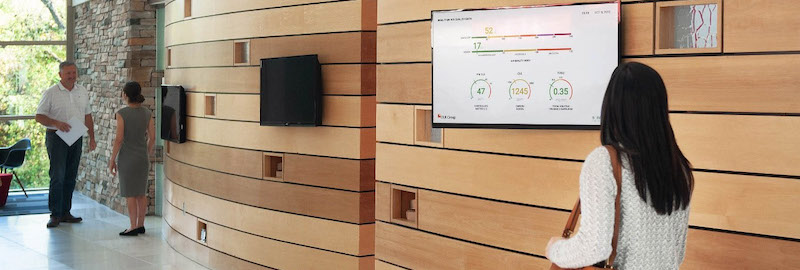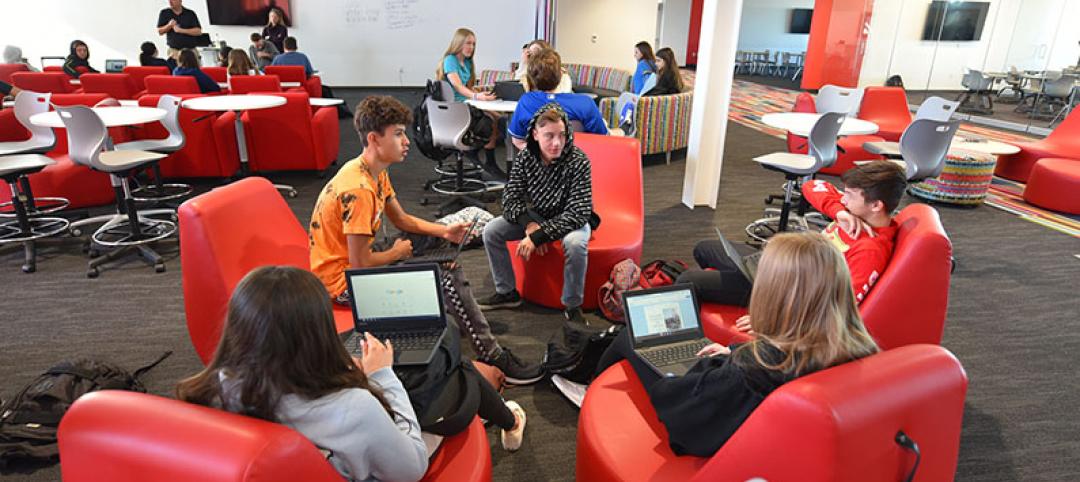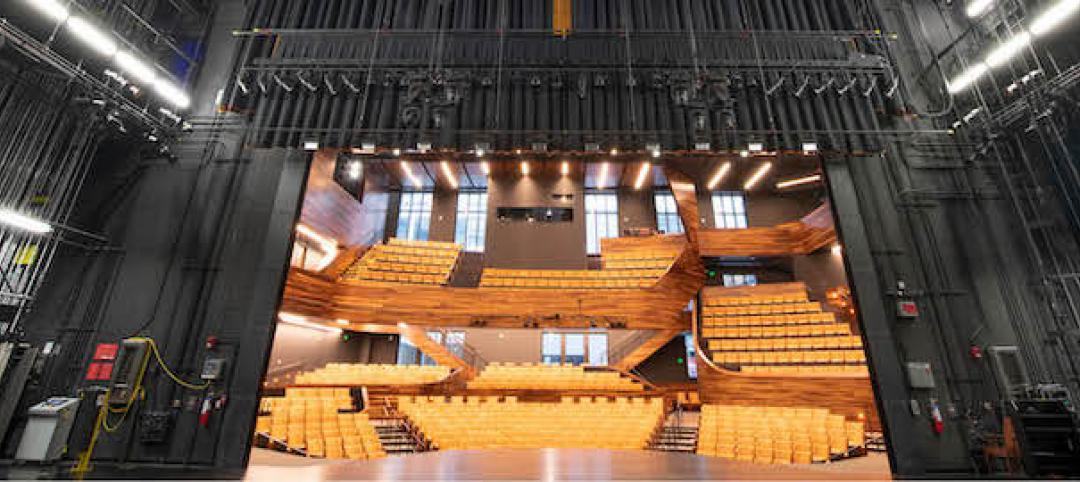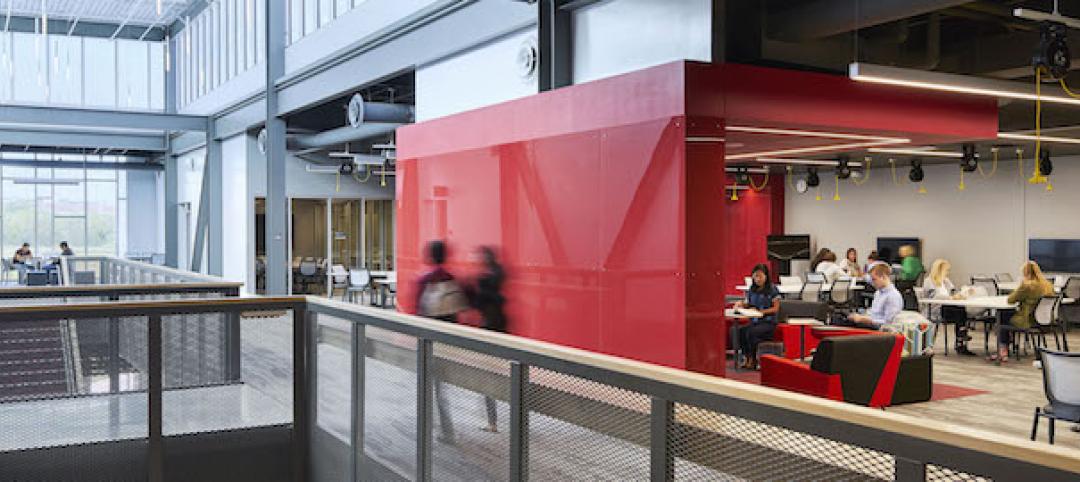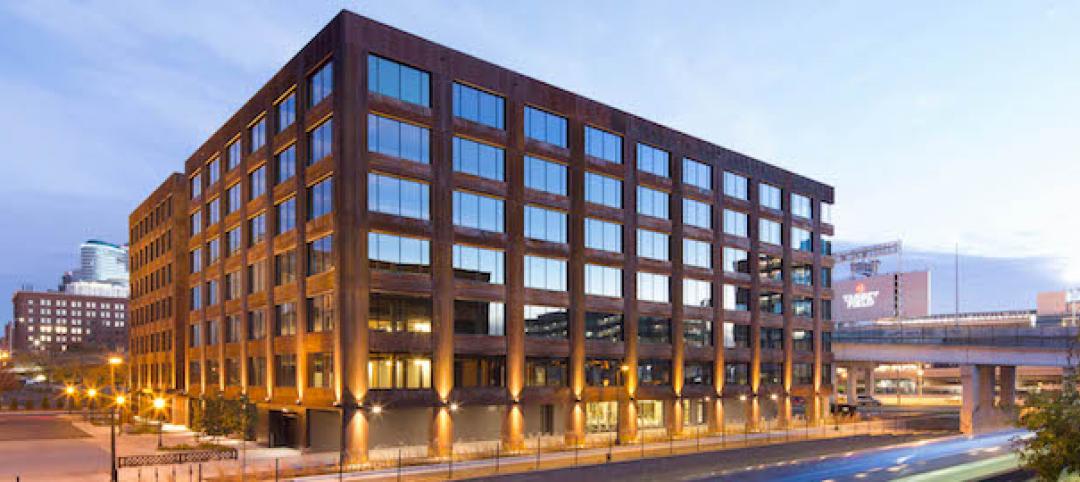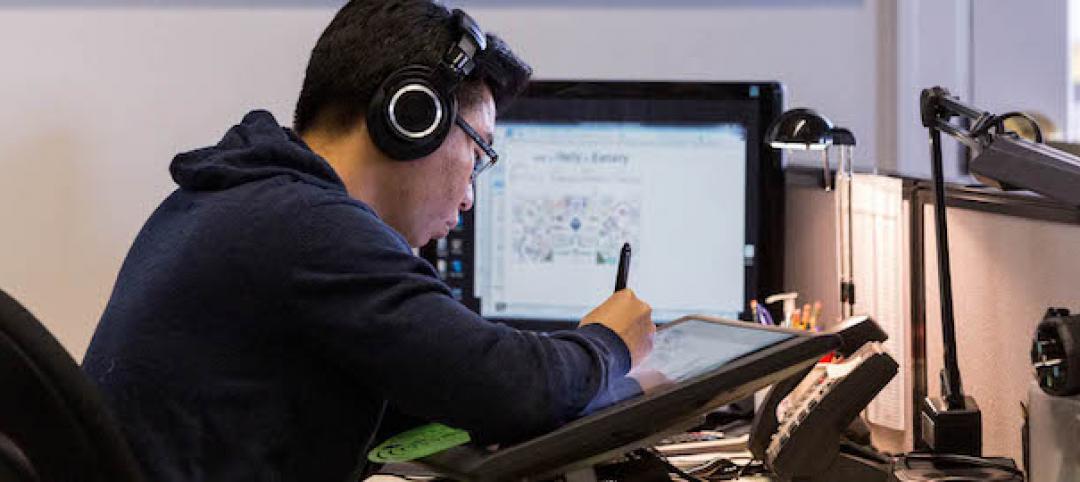Air quality is a heightened concern around the globe as we prioritize the maintenance healthy spaces for our homes, as well as the places where we work, learn, shop, or play. From individual homeowners to facility managers, to campus directors of multi-building portfolios, people are considering how to monitor and communicate their air quality to keep occupants healthy and happy. But what they encounter in the process is a plethora of options in varying metrics and features which can become overwhelming and nearly impossible to compare. Ultimately, the quality of the product must be right-sized to meet their needs. The following information takes a look at what we consider with our clients when selecting a monitor.
In searching for an indoor air quality monitor, most devices will measure a combination of temperature, relative humidity, carbon dioxide, particulate matter, and total volatile organic compounds. Pursuing RESET certification requires an accredited monitor that senses temperature, relative humidity, TVOC, PM2.5 and CO2. WELL and LEED certifications vary slightly adding options from formaldehyde and PM10. Beyond meeting the sensed variable and accuracy needs, a number of other vital elements must be considered to make the wisest decisions in selecting a monitor.
Recalibration
When sensors go out of calibration, they start to report inaccurate measurements. This “sensor drift,” or the time taken for the sensor to go out of calibration, depends on the sensed variable. For instance, a CO2 sensor may have a lifetime of 15 years but a TVOC sensor needs calibration every year. When a sensor is out of calibration there is a risk of reporting a problem that may not exist, so it is paramount to consider your recalibration plan even before purchasing your device.
When dealing with a monitor that includes multiples sensors, the following are the most common recalibration options.
— Factory Recalibration – This involves sending the monitor back to the factory for cleaning and recalibration. This option is costly as it would involve removing installed devices from wall mountings, the need for a professional to tie off the power source, and the cost of shipping back and forth (likely overseas) not to mention the risk of import/export duty. If this is the only option for your device, it likely will be more economical to simply replace the device with the newer model, reducing unnecessary wasted time and sustainability concerns.
— Remote Calibration - Many manufacturers will offer the option of remote calibration, which of course removes the inconvenience of shipping the monitor back to the manufacturer. This involves applying a compensation factor to the drifted sensed data which will bring the data artificially back to the correct range. In these cases, the device’s inner workings may be dirty and the sensor may be picking up inaccurate readings. This is a low-cost, no-cost solution but not a long term one.
— Automatic Recalibration – Some devices automatically recalibrate based on historical sensed data – which sounds great in theory but can artificially disregard a progressive build-up of toxins by identifying it as a calibration issue.
— Modular Sensors – The best-case scenario is to replace each sensor with the necessary frequency. Some newer monitors offer the ability to replace sensors in a modular way like the ink in a printer. This does mean more moving parts, inserting and removing sensors, which has a risk associated with it, but is the approach that produces the best results.
Data Backup
The purpose of permanent IoT installations is to gather a dataset over a long period of time, observe trends, and provide actionable insights to operators and occupants. If the monitor loses power or stops updates to the cloud because of a connectivity issue, there is a risk of losing part of a dataset forever. Worse yet is the potential lost certification if one is pursuing a performance-based standard. There are many causes for these types of failures. Some are as simple as someone unplugging a device, a power outage, changing a WiFi password, or modification of service IP address. Whatever the reason, the impact can be significant and, in some cases, cause an organization to miss their monitoring goals.
To prevent loss of data, select monitors with:
— In-Unit Memory. Some monitors have data-logger capabilities so they can continue to gather and store IAQ data. Even if the monitor loses connection to the cloud, it will populate the database when connectivity is restored. This type of unit can also be used for applications when connecting to a network is not allowed due to security reasons.
— Power. Most monitors powered by line voltage, or power over ethernet, are likely not available with battery-powered option. However, some monitors come with a backup battery as a stopgap measure if the device loses power for a short period of time. This has been a valuable backup option when power is lost. We anticipate seeing more battery-powered options on the market in the future.
Cost
This seems like an obvious consideration but the total cost of ownership for an indoor air quality monitor is much more than the off-the-shelf first cost. Evaluating the total cost of ownership of devices over a 10-year period allows owners to consider all of the unexpected costs that one might encounter. These include:
— First Cost – The expected cost for the hardware off the shelf. Monitor life expectancy should be considered as this first cost will be reoccurring for monitors with a shorter lifespan that do not support recalibration.
— Annual Subscription Cost – Many monitor companies have a low first-cost, and high reoccurring annual fee for feeding data to their cloud-based data visualization dashboard. One thing to consider is that even if an owner does not want to leverage the manufacturer-provided cloud dashboard, they still must pay for the subscription to avail the hardware API to pull the data into another dashboard.
— Recalibration Frequency and Cost – Typically calibration is required once per year for TVOCs. As noted in the Recalibration section above, if not considered up front, the monitor could be worthless in a year. Factory reconfiguration has proven to be cost prohibitive, with sensor replacement being the preferred method which typically costs $100-to-$200 per monitor per year.
— Lifetime and Replacement Cost – Monitors typically last 2-and-a-half to 10 years. When considering the total cost of ownership this replacement cost should be considered.
More from Author
DLR Group | Oct 30, 2024
Reasons to reinvent the Midcentury academic library
DLR Group's Interior Design Leader Gretchen Holy, Assoc. IIDA, shares the idea that a designer's responsibility to embrace a library’s history, respect its past, and create an environment that will serve student populations for the next 100 years.
DLR Group | Jan 8, 2024
DLR Group adds executive leaders
DLR Group Chief Executive Officer Steven McKay, AIA, RIBA, announced new executive leaders for the 100% employee-owned, globally integrated design firm.
DLR Group | Nov 30, 2023
A lasting housing impact: Gen-Z redefines multifamily living
Nathan Casteel, Design Leader, DLR Group, details what sets an apartment community apart for younger generations.
DLR Group | Nov 6, 2023
DLR Group opens office in Nashville, Tenn.
DLR Group is expanding its presence in the Southeast with the opening of an office in downtown Nashville, Tenn.—a collaborative effort led by DLR Group Principals Matthew Gulsvig, AIA, LEED AP, and Randall Coy.
DLR Group | Sep 1, 2020
The rise of inquiry-based learning in K-12 communities
Inquiry-based education offers a methodology that does not rely solely on the educator being the lead in all learning.
DLR Group | Aug 31, 2020
Reopening campus performance arts centers
Live productions, which offer students the opportunity to hone their skills with true audience feedback, currently pose health risks for students and faculty.
DLR Group | Jun 11, 2019
The power and possibility of adaptive reuse
Building reuse generally offers greater environmental savings than demolition or new construction.
DLR Group | Apr 29, 2019
A look ahead to learning in 2050
Fast forward to the year 2050 and beyond, and imagine what education looks like.
DLR Group | Aug 31, 2018
The building data analytics revolution in three acts
Increased transparency of operational building data is impacting accountability.
DLR Group | Jul 2, 2018
Data, Dynamo, and design iteration
We’re well into the digital era of architecture which favors processes that have a better innovation cycle.

